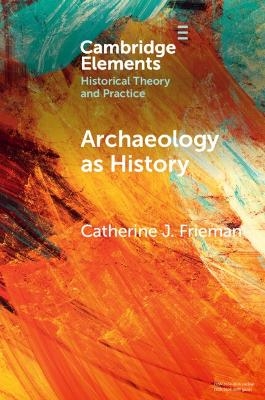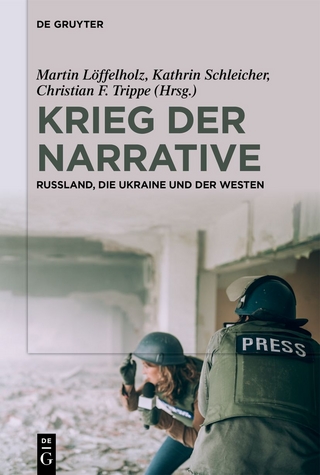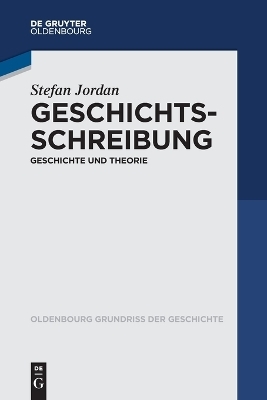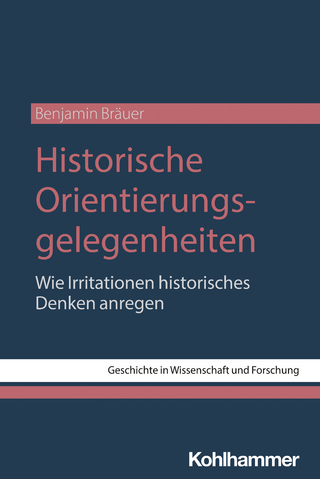
Archaeology as History
Telling Stories from a Fragmented Past
Seiten
2023
Cambridge University Press (Verlag)
978-1-009-05556-7 (ISBN)
Cambridge University Press (Verlag)
978-1-009-05556-7 (ISBN)
This Element aims to provide readers with a reflexive and comprehensive overview of what it is that archaeologists do. The goal is to shift the reader's perspective of archaeology away from seeing it as a primarily data gathering field, to a clearer understanding of how archaeologists make and use the data they uncover.
This Element volume focuses on how archaeologists construct narratives of past people and environments from the complex and fragmented archaeological record. In keeping with its position in a series of historiography, it considers how we make meaning from things and places, with an emphasis on changing practices over time and the questions archaeologists have and can ask of the archaeological record. It aims to provide readers with a reflexive and comprehensive overview of what it is that archaeologists do with the archaeological record, how that translates into specific stories or narratives about the past, and the limitations or advantages of these when trying to understand past worlds. The goal is to shift the reader's perspective of archaeology away from seeing it as a primarily data gathering field, to a clearer understanding of how archaeologists make and use the data they uncover.
This Element volume focuses on how archaeologists construct narratives of past people and environments from the complex and fragmented archaeological record. In keeping with its position in a series of historiography, it considers how we make meaning from things and places, with an emphasis on changing practices over time and the questions archaeologists have and can ask of the archaeological record. It aims to provide readers with a reflexive and comprehensive overview of what it is that archaeologists do with the archaeological record, how that translates into specific stories or narratives about the past, and the limitations or advantages of these when trying to understand past worlds. The goal is to shift the reader's perspective of archaeology away from seeing it as a primarily data gathering field, to a clearer understanding of how archaeologists make and use the data they uncover.
Introduction; 1. Telling stories about places; 2. Telling stories about things; 3. Telling stories about time; 4. Telling stories about people; 5. Telling stories that change the world; Conclusion; Bibliography.
| Erscheinungsdatum | 15.08.2023 |
|---|---|
| Reihe/Serie | Elements in Historical Theory and Practice |
| Zusatzinfo | Worked examples or Exercises |
| Verlagsort | Cambridge |
| Sprache | englisch |
| Themenwelt | Geisteswissenschaften ► Geschichte ► Geschichtstheorie / Historik |
| ISBN-10 | 1-009-05556-9 / 1009055569 |
| ISBN-13 | 978-1-009-05556-7 / 9781009055567 |
| Zustand | Neuware |
| Haben Sie eine Frage zum Produkt? |
Mehr entdecken
aus dem Bereich
aus dem Bereich
Russland, die Ukraine und der Westen
Buch | Softcover (2024)
De Gruyter (Verlag)
39,95 €
Geschichte und Theorie
Buch | Softcover (2024)
De Gruyter Oldenbourg (Verlag)
24,95 €
wie Irritationen historisches Denken anregen
Buch | Softcover (2024)
Kohlhammer (Verlag)
69,00 €


